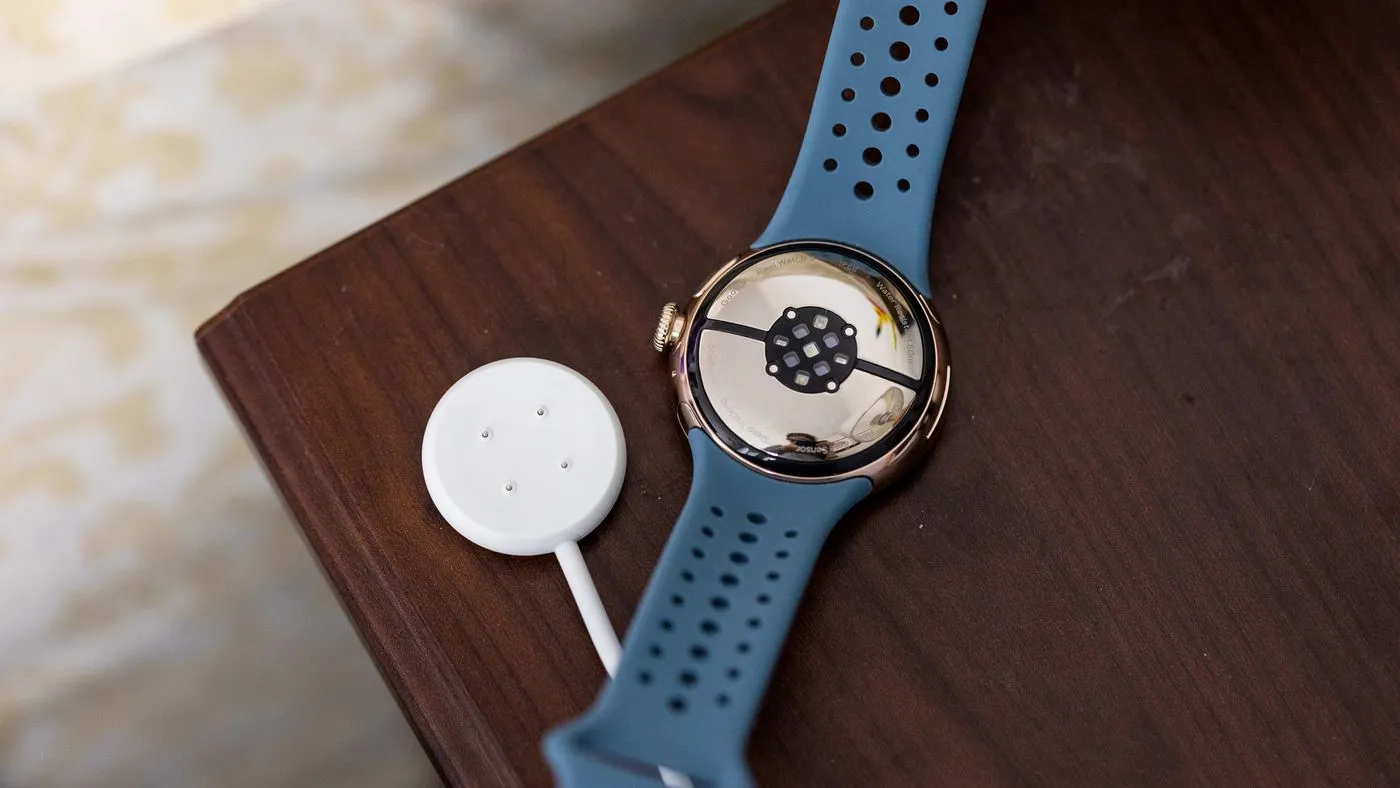Wear OS Blood Oxygen Technology: Advancements and Implications

Advancements in Wear OS Blood Oxygen Technology
Last week, the medical device company Masimo announced transformative deals with tech giants Google and Qualcomm, aimed at integrating its innovative biosensing technology into Wear OS smartwatches. This collaboration signifies an important shift in the wearable technology landscape, spearheaded by Masimo's commitment to delivering accurate and continuous blood oxygen monitoring.
Partnerships Shaping the Future of Wearables
Masimo's CEO, Joe Kiani, emphasized that the goal is not merely competitive advantage but to provide consumers with reliable health monitoring tools. The tech enables precise SpO2 measurements and is expected to enhance utility for users needing consistent health data.
- FDA-Cleared Technology: Masimo boasts FDA clearance for its biosensing technology, showcasing validation that many consumer smartwatches lack.
- Innovative Solutions: Companies collaborating with Masimo will benefit from support in navigating the complex FDA regulatory processes, ensuring high accuracy in implementations.
Impacts on the Wearable Market
The potential for widespread adoption of Masimo’s technology within Wear OS watches could reshape market perceptions of health monitoring capabilities. Accurate blood oxygen monitoring may open avenues for real-time chronic illness management and inform healthcare providers remotely.
However, the discrepancy in technology licensing, particularly with Apple, forecasts an interesting scenario. While Apple watches in the U.S. face delays in blood oxygen functionality due to patent issues, Wear OS devices are positioned to incorporate these advanced features, possibly leading to significant market shifts in the coming years.
Looking ahead, consumers and health professionals alike can anticipate an evolution in how wearables contribute to health and wellness monitoring, thanks to developments in Wear OS technology driven by Masimo's partnerships.
This article was prepared using information from open sources in accordance with the principles of Ethical Policy. The editorial team is not responsible for absolute accuracy, as it relies on data from the sources referenced.